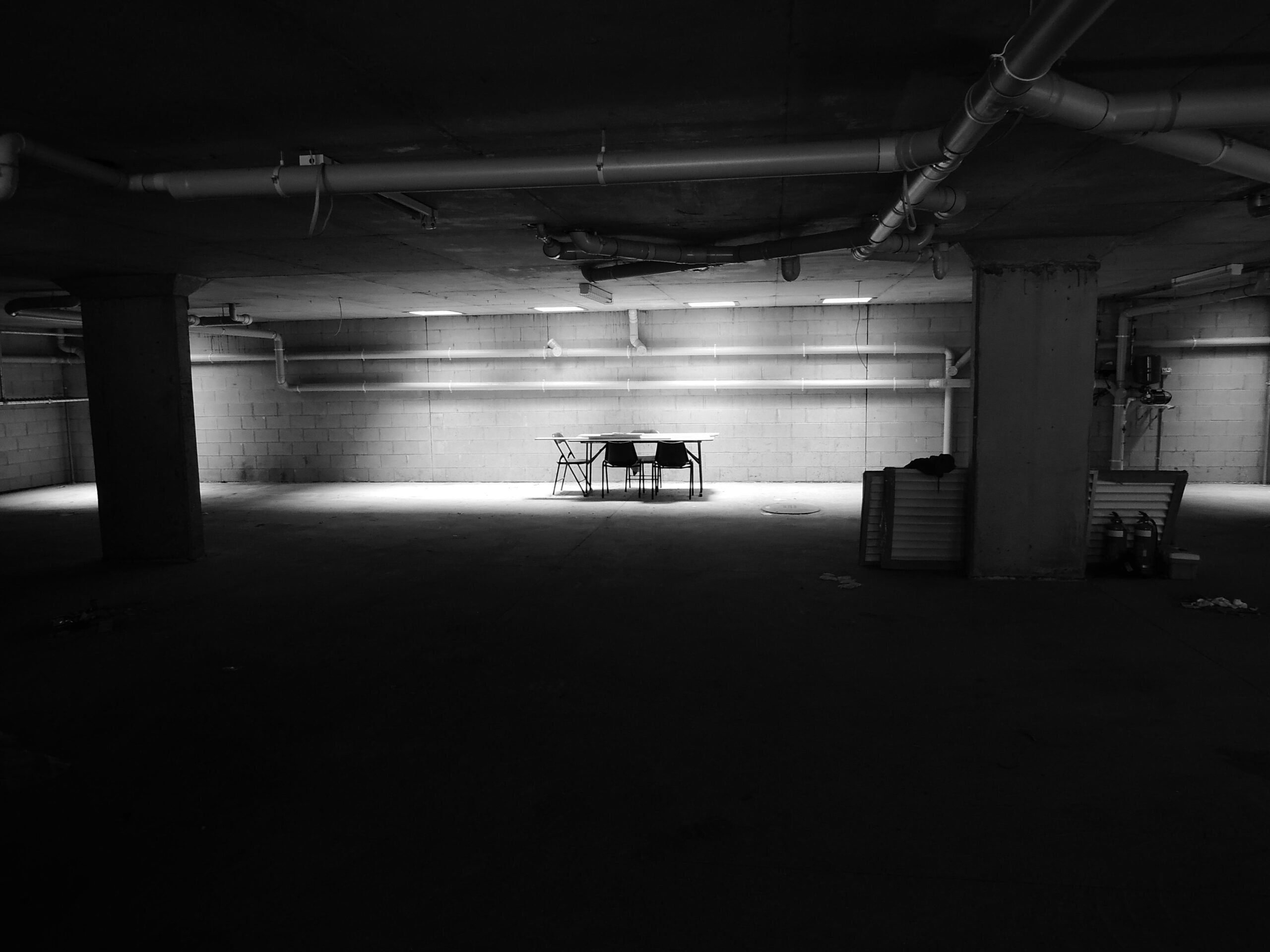
Move to South Florida, and you’ll find palm trees swaying, beaches glistening, and sunshine warming your skin. But if you’re used to the cozy charm of basements in colder climates, be prepared for a surprise: they’re practically nonexistent here.
But why? Why does a state built on sand and blessed with endless summer lack these ubiquitous subterranean spaces? The answer lies in a delicate interplay of geology, hydrology, and practicality. Buckle up, because we’re taking a dive into the fascinating world of why South Florida stays firmly above ground.
Water, Water Everywhere:
The first culprit is H2O, specifically the high water table. Imagine a giant underground sponge soaked with water – that’s essentially South Florida. The Floridan Aquifer, a vast network of limestone, stores and supplies water to much of the state. This means the water table, the level at which groundwater saturates the soil, sits alarmingly close to the surface, sometimes within mere feet.
Building a basement in such wet conditions would be a recipe for disaster. Water would readily seep in, leading to flooding, mold growth, and structural damage. Imagine trying to carve out a living space amidst a constant gush of water – not exactly an idyllic scenario.
Clay No Play:
Compounding the water woes is the prevalent clay soil. This fine-grained soil can be a fickle friend, expanding and contracting dramatically with changes in moisture levels. Imagine your basement walls groaning and shifting like a haunted house every time it rains – not a pleasant thought. This unstable behavior can lead to cracks, foundation issues, and costly repairs.
Building Up, Not Down:
Beyond the challenges, there’s simply no compelling reason for basements in South Florida. The warm climate eliminates the need for additional storage for things like winter clothes or canned goods. Utilities like water heaters and furnaces, common basement residents in colder regions, can be tucked away in crawl spaces or attics. Additionally, land is often at a premium in densely populated areas, and adding a basement wouldn’t be the most space-efficient use of valuable real estate.
Alternatives Above Ground:
Instead of subterranean hideaways, South Florida embraces alternative storage solutions. Spacious garages often double as workshops and storage areas. Attics, especially in newer homes, are designed with ample storage capacity. Additionally, outdoor sheds and carports provide extra space for tools, bikes, and beach gear.
Beyond the Practical:
There’s even a cultural aspect to the lack of basements. Basements in colder climates often evoke images of cozy family rooms or game nights – perfect for escaping the harsh winter. In South Florida, life revolves around outdoor living. Patios, porches, and even backyards act as extensions of the living space, blurring the lines between indoors and outdoors. Why spend time underground when you can enjoy the sunshine and balmy breezes above?
Future Considerations:
However, with rising sea levels and the ever-present threat of hurricanes, some architects and engineers are exploring innovative basement designs. Waterproofing technologies and flood-resistant construction methods hold promise for the future. While basements may never become mainstream in South Florida, these advancements could open up possibilities for storm shelters, utility spaces, or even climate-controlled living areas.
So, while you won’t find yourself digging down to create a basement here, South Florida offers its own unique charm and practical solutions for enjoying life above ground. Remember, sometimes the best way to adapt is to embrace the sunshine and let go of things that just don’t belong in the sand.


